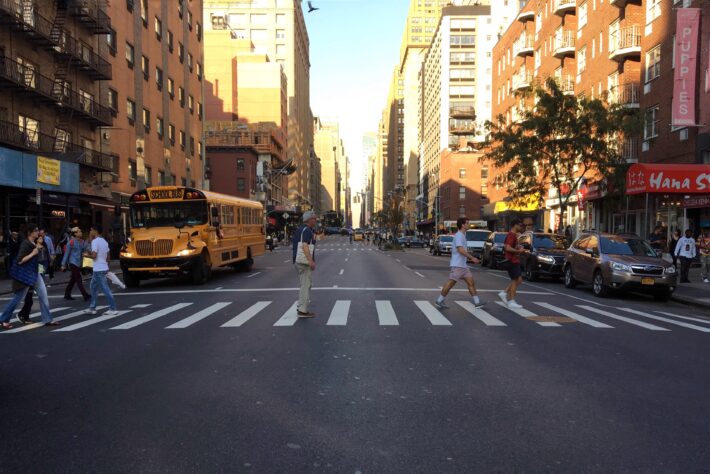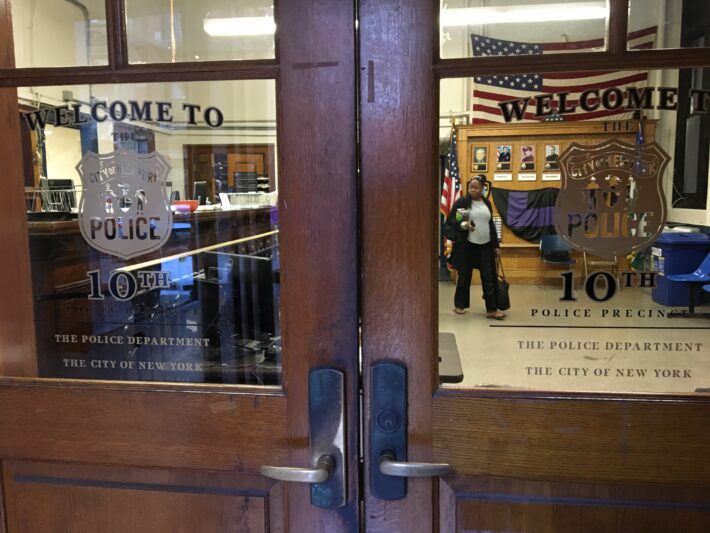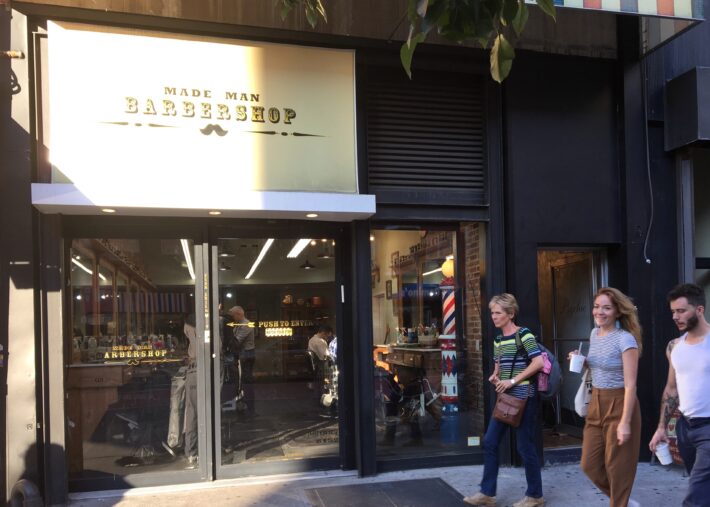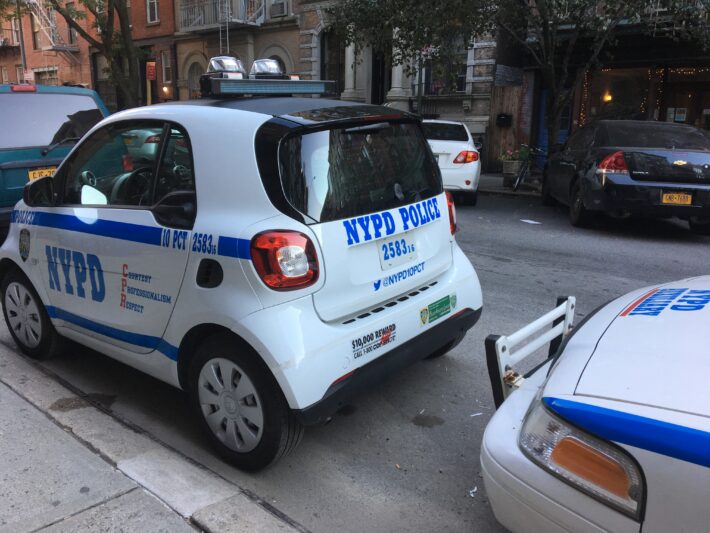
In late September the FBI released crime data for 2015, which showed a rise in murders in 25 major cities, excluding the two largest cities in the country, Los Angeles and New York. Los Angeles experienced an insignificant decrease of 20 deaths between 2014 and 2015. New York saw a similarly insignificant increase, to 352 in 2015 from 333 murders in 2014.
The tenth precinct in Manhattan, which includes Chelsea and Clinton South, is the exception that proves the rule: No homicides in 2015, and only one in the first 10 months of 2016. The September 17 bombing in Chelsea – and another unexploded device just blocks away – brought attention to an area that is otherwise one of the richest and quietest in the city.

Of the 244,934 New Yorkers who live in the precinct, 60 percent are Caucasian, four percent African-American, 14.5 percent Asian, 11.4 Hispanic, and .1 percent Native American. Their average income is high, at $108 154. But Larry O’Neill, president of the 10th precinct Community Council, a volunteer group, says that the reason for the pervasive calm has nothing to do with demographics: Everyone, on both sides, has the right attitude.
“The 10th Precinct treat us (the community) as people,” he said. “They want to work with us and address the concerns that we have right away.” The council meets monthly – and just two days after the first presidential debate, September 28th, the precinct’s new captain, Paul E. Lanot, attended his first council meeting.

Daniel Chulpayue, who works at Made Man Barbershop on 23rd Street, credits shared respect for a good relationship with the NYPD. “A police department reflects its community, if you treat your police with respect then they will do the same,” he said. “They are just doing their job, and like in every job you get bad apples and you get good apples. ”
In the two years he’s worked in the area, he sees more good ones. “They came in asking questions,” after the explosion, he said, “like ‘Hey, can we look at your videos, how are your guys doing, how are your clients reacting?’”
Jessica Cohen, who is from Colombia but was raised in New York after being adopted by a Jewish German father and a Protestant Italian mother, has worked across the street from 10th precinct, on 20th Street, for a year. While she complains of having felt a “predatory vibe” from officers elsewhere in the city, she feels comfortable here.
“With these particular police I have never felt particularly uncomfortable,” said Cohen, who works at a fine art and jewelry store. “The people who live upstairs are great fans of theirs.”

Even Ellen Levin, a 61-year-old self-described activist against police brutality, has a different sense about the officers in the 10th precinct. “I don’t like the police because I think they racially profile,” she said, but the officers here seem to her to be “just going about their job. They’ve arrested some of my friends” – Levin belongs to a bicycling group that takes monthly rides – but she finds it “a pretty good department.”
This year the 10th Precinct has seen a 40 percent decrease in rape. Grand larceny, the theft of personal items whose value is $1,000 or more, is the most commonly reported criminal offense, with 574 complaints this year, but that figure represents a 4.7 percent decrease. Robbery, a violent crime punishable by no less than five years and a maximum of twenty five years in state prison, saw a 1.4 percent decrease.
Burglary complaints are up, along with reports of misdemeanor assault, housing violations, misdemeanor sex crimes and shooting incidents. Misdemeanor sex crimes and housing violations led the list with a matching increase of 28.6.
Officers get involved in community outreach to help keep the numbers low – including a recent visit to a senior center to talk to residents about how to avoid being targets for thieves, and how to access public services.
O’Neill, who is also the security director for the Penn South Co-op, says “We treat the officers as part of our community and not just as a separate entity. The officers in turn know how we feel and respond in a positive way and their actions prove it.”